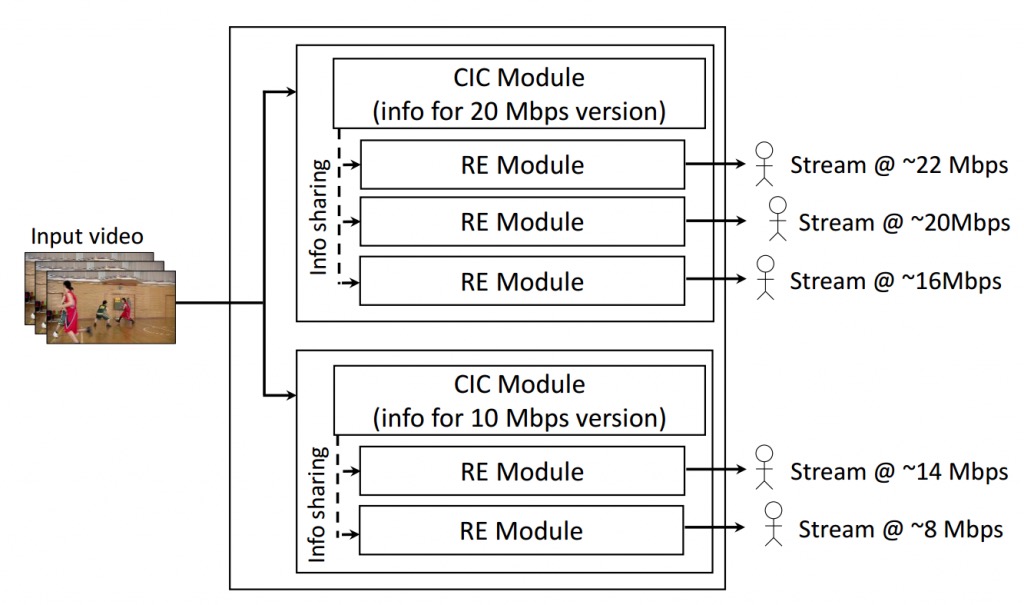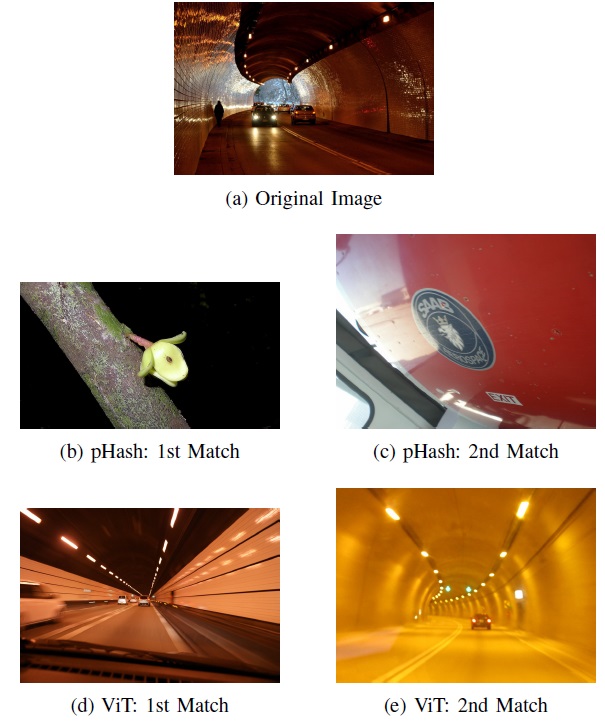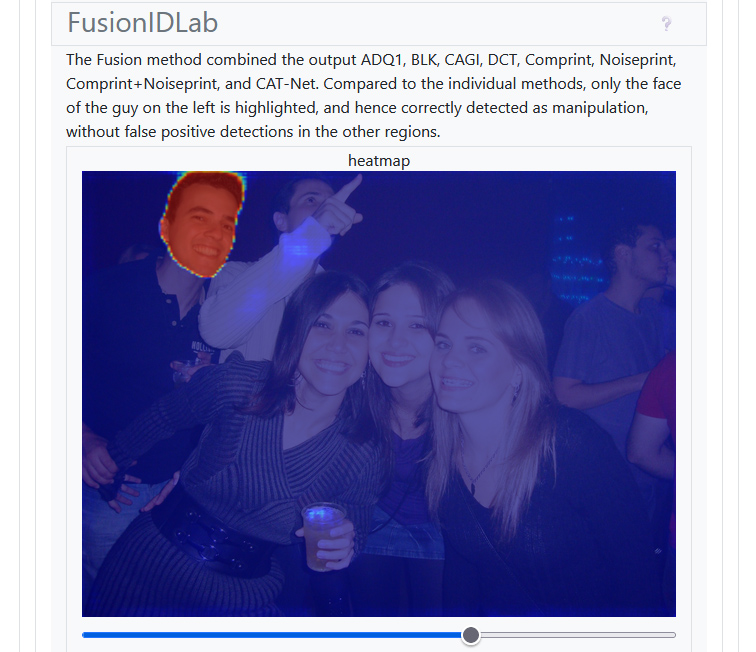Our paper, “Video Encoder Architecture for Low-Delay Live-Streaming Events”, has been accepted for publication in the IEEE Transactions on Multimedia.
Video-streaming events such as virtual classrooms and video conferences require a low delay between sender and receiver. In order to achieve this requirement, and to make full use of the bandwidth capacity of each receiver, each client can be provided with a personalized bitstream of which the bit rate is continuously adapted to his current network bandwidth capacity. However, such an approach requires an excessive amount of computationally complex video encoders. Therefore, this paper proposes an architecture based on coding information calculation (CIC) modules and residual encoder (RE) modules. The CIC modules calculate coding information for the video at certain bit rates while the RE modules use this information to skip all encoding steps of a traditional encoder, except for the encoding of the residual. By reducing the amount of bits used to encode the residual, the RE modules can then provide bitstreams with personalized bit rates for several users at the same time. Each CIC module has approximately the same computational complexity as a traditional encoder, whereas an RE module has the approximate complexity of a decoder.
The proposed architecture was evaluated for the high efficiency video coding (HEVC) standard, showing that the system achieves its goal of drastically reducing the computational complexity of low-delay live-streaming with many participants and suggesting that using less than six CIC modules results in the best trade-off between compression efficiency and computational complexity.

The proposed architecture when using two coding information calculation (CIC) modules and five residual encoder (RE) modules. The CIC modules calculate coding information for a bitstream at a certain bit rate, whereas RE modules use this coding information in order to skip all coding decisions. An output bitstream is then created for each user by adapting the amount of residual information that will be preserved through quantization.
Paper: Video Encoder Architecture for Low-Delay Live-Streaming Events







